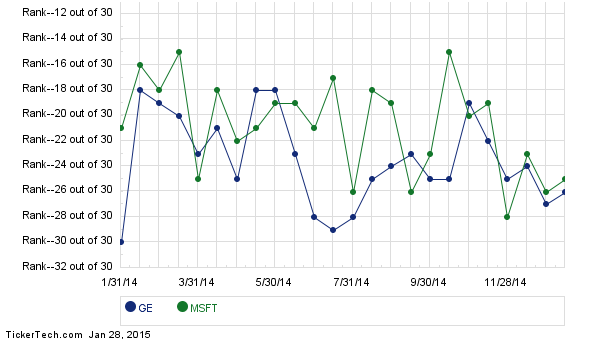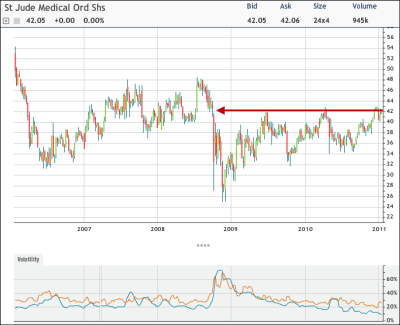Open Interest Definition and Explanation
Post on: 3 Июнь, 2015 No Comment

You can opt-out at any time.
Open interest is a calculation of the number of active trades for a particular market. Open interest is calculated using futures and options contracts, so it is available for almost any futures or options markets (such as the EUR futures market ). Open interest is most often used as an indication of the strength behind the market, but is not the same as volume, which is also often used as a strength indicator.
Calculation
Open interest is calculated by adding all of the contracts that are associated with opening trades and subtracting all of the contracts that are associated with closing trades. For example, if three traders (trader A, trader B, and trader C) are all trading the NQ futures market. their trades might affect the open interest in the following way:
- Trader A enters a long trade by buying one contract

- Open interest increases to 1
- Trader B enters a long trade by buying four contracts
- Open interest increases to 5
- Trader A exits their trade by selling one contract
- Open interest decreases to 4
- Trader C enters a short trade by selling four contracts
- Open interest increases to 8
Open interest is not the same as volume. With volume, both entries and exits cause volume to increase, but with open interest, entries cause open interest to increase, while exits cause open interest to decrease.
Interpretation
Open interest is usually used as an indication of the strength of a price movement, but on its own it does not provide any indication of the direction of the price movement.
Increasing open interest shows that there is strength behind the current price movement, and decreasing open interest shows that there is a weakening of the current price movement. For example, increasing open interest along with increasing prices indicates that the upward price movement could continue, but decreasing open interest along with increasing prices indicates that the upward price movement may be about to reverse.
Open interest is also used to determine if a market is likely to be trending or range bound (i.e. choppy). Increasing open interest shows that the rate of new trades is increasing, which indicates that the market is being actively traded. While decreasing open interest shows that the rate of news trades is decreasing, which indicates that the market may be entering a time of less active trading.














